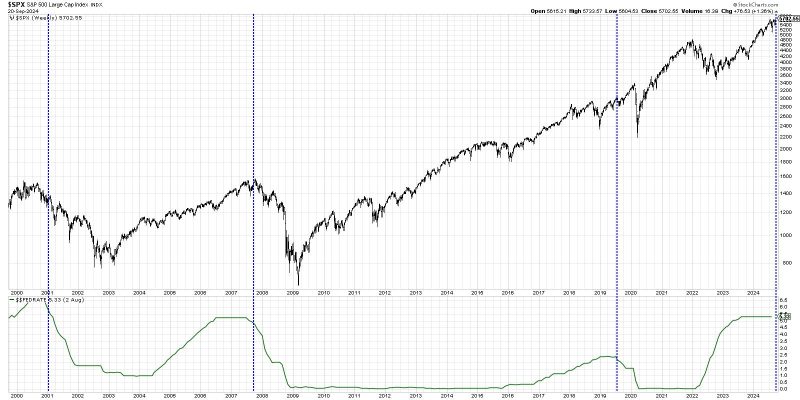
Rate Cuts: Are You Bull or Bear? Unveiling the Stock Performance Truth
In the world of finance, the decision to cut or raise interest rates by central banks often sparks debates among investors, economists, and analysts. The impacts of such decisions on stock performance are closely watched and analyzed, as they can have far-reaching consequences on the broader economy. As we delve deeper into the dynamics of rate cuts and the subsequent influence on the stock market, it becomes imperative to understand the nuances at play.
Historically, central banks have employed interest rate cuts as a tool to stimulate economic growth during periods of sluggish economic activity. The rationale behind rate cuts is to make borrowing cheaper, incentivizing individuals and businesses to spend and invest more. This increased spending can, in turn, boost corporate earnings and stock prices.
An environment of falling interest rates is generally viewed as favorable for stock markets. Lower interest rates can lead to higher valuations for future earnings, making equities more attractive relative to fixed income investments. Companies also benefit from cheaper borrowing costs, which can improve profitability and drive stock prices higher.
Conversely, a series of interest rate hikes can put pressure on stock markets. Higher borrowing costs can weigh on consumer spending, corporate profitability, and overall economic growth. As a result, stock prices may experience downward pressure as investors reassess the risk-return profile of equities relative to other asset classes.
While the relationship between rate cuts and stock performance is often portrayed as positive, the actual impact can vary depending on the broader economic context. In times of severe market turmoil or economic uncertainty, rate cuts may not always translate into immediate stock market gains. Investors may remain cautious and adopt a wait-and-see approach, leading to heightened volatility and mixed reactions in stock prices.
It is important to note that stock markets are not solely influenced by interest rate movements. Factors such as corporate earnings, geopolitical events, technological advancements, and global economic conditions also play a significant role in shaping market sentiment and direction. Investors should consider a holistic view of market dynamics rather than focusing solely on interest rate policies.
In conclusion, the relationship between rate cuts and stock performance is complex and multifaceted. While rate cuts can provide a boost to stock markets under certain conditions, the actual outcomes may vary depending on a multitude of factors. Investors should adopt a diversified approach to investing, considering both macroeconomic trends and company-specific fundamentals to navigate the ever-evolving landscape of financial markets.
